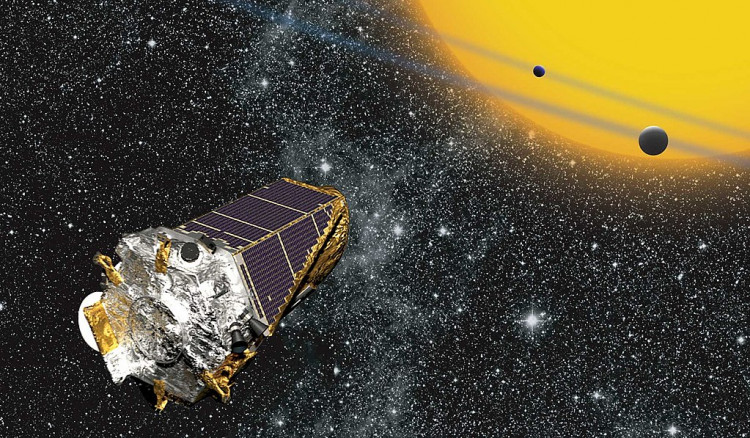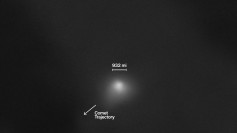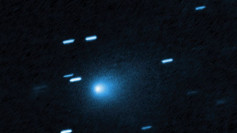Officials from NASA's Jet Propulsion Laboratory (JPL) in Southern California revealed on Monday that the 5,000th extraterrestrial world has been added to the Exoplanet Archive.
The milestone comes amid a flurry of recent discoveries and the promise of more to come as NASA's $10 billion James Webb Space Telescope prepares for deep space planet-gazing operations
"The 5,000-plus planets found so far include small, rocky worlds like Earth, gas giants many times larger than Jupiter, and 'hot Jupiters' in scorchingly close orbits around their stars," JPL officials said in Monday's statement.
The California Institute for Technology (Caltech) houses the NASA Exoplanet Archive. Planets must be independently confirmed by two separate methods before being added to the list, and the work must be published in a peer-reviewed journal.
In the early 1990s, the first exoplanets were discovered. While ground and space telescopes have done well to bring the total to 5,000 since then, Jessie Christiansen, science lead of the NASA Exoplanet Archive, stated on Caltech's website that the worlds discovered to date are "mostly in this little bubble around our solar system, where they are easier to find."
"Of the 5,000 exoplanets known, 4,900 are located within a few thousand light-years of us," Christiansen added.
The first confirmed planetary finding was published in the journal Nature in 1992 by astronomers Alex Wolszczan and Dale Frail. By studying small changes in the timing of the pulses when the light reached Earth, they discovered two worlds around a pulsar (a rapidly revolving, dense star corpse).
Astronomers discovered these planets by observing star wobbles (back and forth gravitationally generated motions) caused by planets tugging on them. Larger worlds produced larger wobbles, making them easier to see. Astronomers suggested at the time that they would have to use something called the "transit" approach to find more Earth-sized planets. This would analyze a star's brightness and check for small fluctuations as a planet moved across its face.
Astronomer William Borucki contributed to realizing that visionas the principle investigator of NASA's Kepler space telescope, which launched in 2009 and outlasted its original purpose by several years until it ran out of fuel in 2018. To date, Kepler has discovered approximately 2,700 planets, many of which are Earth-sized or smaller, and its database continues to generate new findings.
Webb will contribute to the growing list of exoplanets by investigating the atmospheres of many neighboring worlds in depth. While such research may focus mostly on gas giants, scientists believe Webb's discoveries will be valuable for a future generation of telescopes equipped with even more powerful optics capable of seeing planets that are smaller than Earth.





